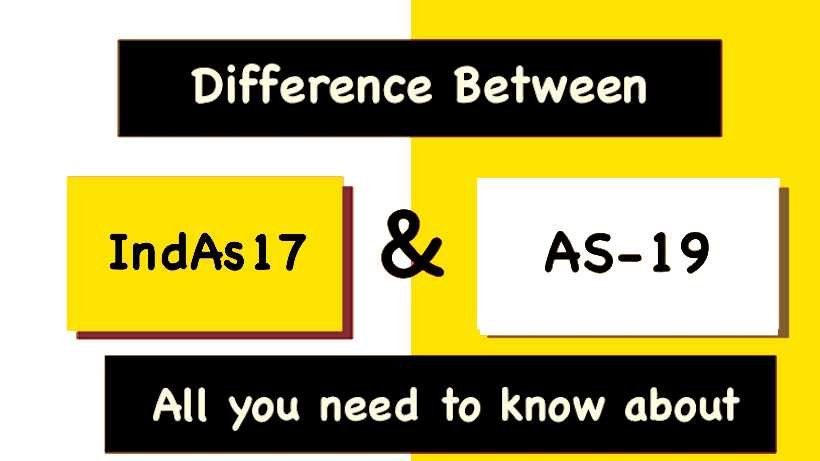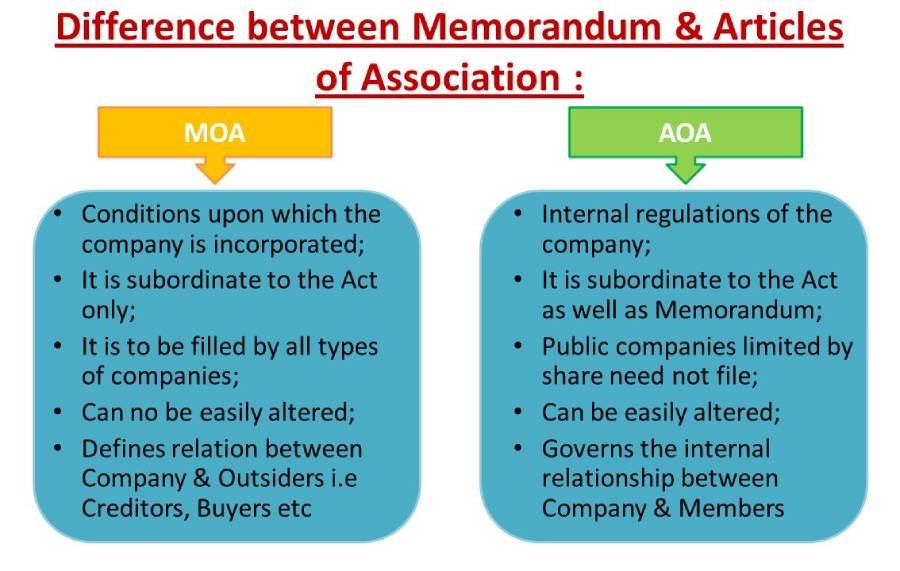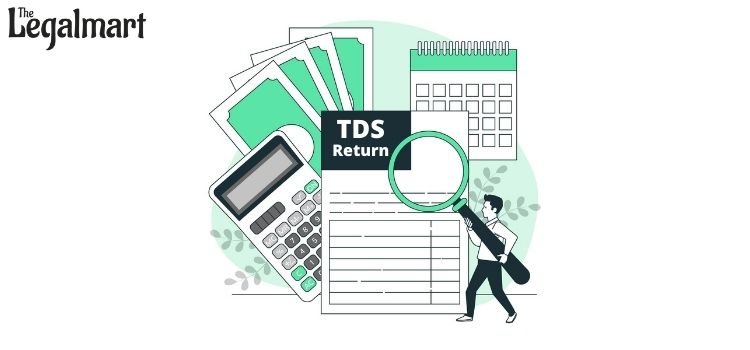AS 19 is related to all the accounting policies that are applicable for every kind of lease except a few that are stated below in this article.
A lease is nothing but a transaction by which an agreement is inputted by the lesser having the lessee for a right to make use of an asset by that lessee in exchange for a series of payments or payments for a period that is agreed upon.
What types of leases are excluded from this standard?
There are some types of leases that are excluded from this standard. They are as follows:
- Lease agreements to explore or make use of natural resources such as timber, metals, gas, oil, and several other mineral rights.
- It does not apply to licensing agreements—for example, video recordings, picture films, manuscripts, plays, copyrights, and patents.
- Lease agreements to make use of land.
There are two kinds of leases, as stated below.
Finance Lease
It is a lease in which every reward and risk is transferred to the assets’ owners. The title may not or may ultimately be transferred. Examples of Finance Lease are:
- Lease where the assets are transferred to the lessee at the lease term’s end.
- Lease terms where the lessee possesses the option of purchasing the assets from the lessor at a price that is lesser than the fair price on that date when the option has become exercisable.
- The asset’s total economic life is covered by the lease term even if the title is not transferred.
- The lease term where the minimum lease payments’ present value is equivalent to or covers the leased asset’s fair value substantially.
- The leased asset possesses a special nature. For example, Ambulance (It can be put to use by the lessee without making heavy modifications)
Operating Lease
Any lease that exists other than the finance lease is called an Operating Lease.
Disclosure required in the case of a finance lease:
The following are the disclosures needed in a finance lease.
- The assets that are gathered on leases must be shown separately.
- For every leased asset, the net carrying amount needs to be shown at the date of the balance sheet.
- Reconciliation needs to be provided between the Minimum Lease Payment at the date of the balance sheet and their current value.
- The minimum lease payment’s total needs to be disclosed at the date of the balance sheet and their current value for:
- Not after one year.
- After one year but not above five years.
- More than five years.
- The future minimum sublease payment is expected to be received at the date of the balance sheet.
- Lessee significant leasing arrangements’ general description needs to be offered.
- Unguaranteed residual value.
- The gathered provision for the uncollectible minimum lease payment receivable.
- Leasing arrangement’s general description.
- The accounting policy that is adopted concerns the initial direct loss.
- The contingent rent is recognized in the profit and loss account’s statement.
- Unlearned finance income.
Transaction of Sale and Leaseback:
A Sale and Leaseback transaction is a special case of applying the leasing technique. Lease is the mode preferred to make use of the asset without owning it. For leases, the asset is not owned by the lessee but gathers the right to make use of the asset for a particular time and also pays for the usage.
- In case leaseback and sale transaction gives result in the finance lease: Any deficiency or excess over the carrying amount need to be amortized or deferred over the term if lease in proportion to the leased assets’ depreciation.
- In case leaseback and sale transaction gives result in the operating lease: Any deficiency or excess over the carrying amount need to be immediately recorded in the account’s book:
- In case the sale price is lower than the fair value, the future lease payments compensate for the loss below the market price. It needs to be amortized and deferred in proportion to the lease payments over a period for which the asset is anticipated to be put to use.
- In case the sale price is more than the fair value, the excess that is more than the fair value needs to be amortized and deferred over a period for which it is expected that the asset is to be used.
AS19 vs. IAS17: What’s the difference?
Here’s a table with all the differences between AS19 and IAS17 stated.
| Basis | AS 19 | IAS 17 |
| Residual Value | AS 19 clearly defines Residual value | Residual value is not defined by IAS 17 |
| Lease of lands | AS 19 is inapplicable to lands’ lease | Specific provisions are contained in IAS 17 that deal with leases of building and land. |
| Lease’s recognition | Such recognition is at the lease’s inception | According to IAS 17, the finance leases need to be recognized by the lessee as liabilities and assets in the balance sheet at the lease term’s commencement. |
| Commencement and inception | Both these terms are put to use at some places in AS 19. However, they are not distinguished and defined | A distinction is made by IAS 17 between the lease’s inception and the lease’s commencement. |
| Lease payments’ adjustments | AS 19 does not deal with it | IAS 17 functions with the lease payments’ adjustments that are made between the lease’s inception and the lease term’s commencement |
| Upward revision | Upward revision of the unguaranteed residual value is prohibited by AS 19 during the lease’s term. | Upward revision of the unguaranteed residual value is permitted by IAS 17 during the lease’s term. |
| Guidance | No guidance is there | Guidance is offered by IAS 17 on accounting for incentives for operating losses, evaluating the transaction’s substance that has the legal form of a lease, and determining if an arrangement like that consists of lease elements. |
The following are the differences between IAS 17 and IFRS 16:
IAS 17 needs all the lease rentals to be charged to the profit and loss account’s statement on the straight line based on the case of the operating lease unless any other systematic basis. Hence it is correct in case the payment to the lessor is not conducted on the basis of a straight line.
For IFRS 16, in case of an operating lease, every lease rental needs to be charged to the profit and loss statement according to the lease agreement unless all the payments made to the lessor are structured for increasing in line with the expected general inflation for compensating for the expected inflationary cost of the lessor that is related to the lease. In case the payments made to the lessor vary due to factors other than the general inflation, then this condition is not yet met.
For IAS 17, the operating leases are off-balance sheet as one expense.
For IFRS 16, the liabilities and assets are recognized by operating leases on the balance sheet. The operating leases will report interest and depreciation separately.
IAS 17 focuses on if the lessor or lessee carries the reward and risk. Both the non-lease and lease elements are accounted for off the balance sheet.
IFRS 16 focuses more on who controls the ROU asset and links it with IFRS 15. The non-lease elements are still excluded, but the lease elements will be reported upon.
IAS 17 focuses on the type of lease from the perspective of an operation. Several lessees made use of operating leases to avoid the recognition of the balance sheet. The reduced reward and risk are preferred by others, along with the competitive pricing that is offered by the operating lease.
IFRS 16 has a lesser impact from the standpoint of accounting. However, the higher focus is put on the types of deals that can be negotiated.
For IAS 17, the operating leases’ accounting treatment is less complicated than the finance lease’s treatment, and the operating leases’ volume is higher than the finance leases predominantly. Therefore, at present, the accounting departments need to make a lower volume of challenging calculations.
In the case of IFRS 16, under the latest standard, all the leases need to be treated under the same accounting, the accounting departments will possess a greater volume of complicated amortization calculations for performing.
In terms of disclosure, for IAS 17, the disclosures cover all the certain needs of finance leases separately from the operating leases.
For IFRS 16, the disclosures deal with the operating leases and finance’s separate presentation for the lessees and instead need disclosures of the correct use of the liabilities and assets.
Conclusion
To finally conclude, we can say that we have gone through the details of leases in this article. The lessee and the lessor play an equal role in every aspect of the transaction. However, before you commence with anything, the differences need to be cleared.
For IAS 17, in case there is an inflation element in the lease rentals, every expected rental needs to be calculated. Also, we need to charge the same in the profit and loss statement equivalently over the lease’s term, and we need to transfer that deficiency or excess to the equalization account of the lease.
In case you want to know more about leases and other factors related to them, you may get in touch with an expert.
For your Reference about AS 19 Lease Must go through on MCA.gov.in
FAQ’s
Do AS 19 need the initial direct costs?
AS 19 needs the initial direct costs that are incurred by the lessor (in case of operating lease) to be charged off either during incurrence or need to be amortized over the lease period.
Where the Sale and Leaseback transactions are most common?
The SLB or Sale and Leaseback transactions are most common globally in the REITs (real estate investment trusts) and in the aviation industry.
How the accounting departments will be impacted?
The accounting departments will be highly impacted by all the new standards. It will especially take place in the recording’s 1st year. The way of interaction with leasing inside the company is expected to change because they need to correct more information about the operating leases and how their involvement impacts the financial reporting when accounting for the leases under IFRS 16.
How the PV and rate are measured for IAS 17?
The finance leased liabilities and assets are measured at a fair value of the leased property or lower the minimum lease payments’ PV. The discount rate that needs to be put to use in calculating the minimum lease payments’ PV is the implicit rate, or else, the borrowing rate of the lessee. The lessee’s initial direct costs are included in the asset’s value.



